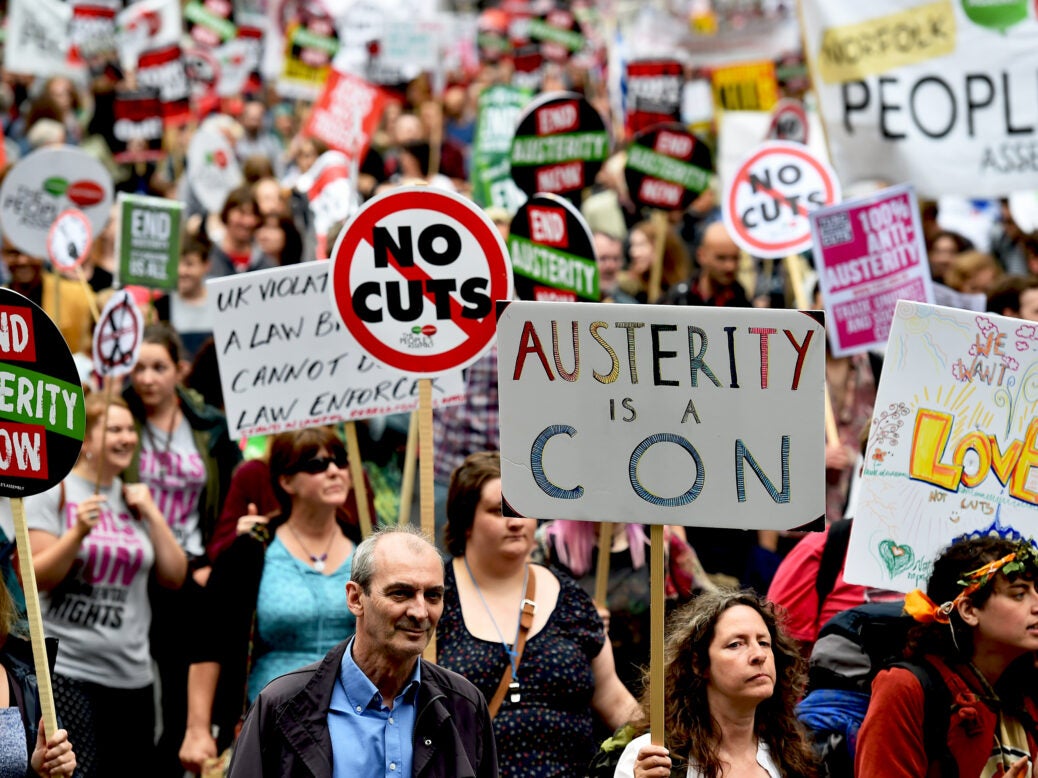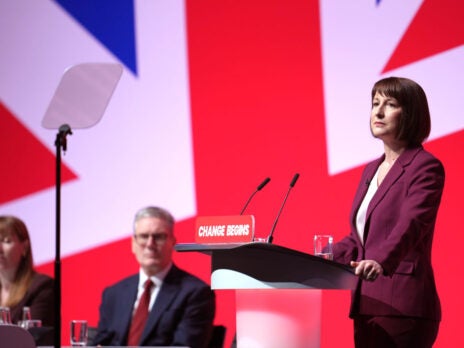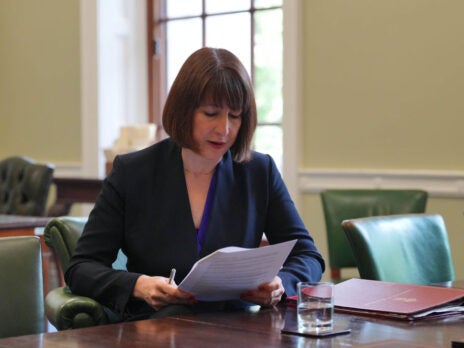
Were you a student in or around 2010? Don’t worry, this isn’t some targeted ad. But the chances are you don’t vote Liberal Democrat anymore. Back in that election year, before Nick Clegg formed a coalition government with David Cameron, support for the party among young voters stood at 30 per cent, higher than support for Labour. By 2015, among 18-24-year-olds it had collapsed to just 8 per cent.
Since then, the party’s support among the young has struggled to recover, not least among those who have become graduates. While older voters with degrees are more likely to vote Lib Dem, those aged 18-34 aren’t. The numbers, despite an overall improvement in the Lib Dems’ polling and election results, have been stubborn to shift. Young graduates don’t forget and, it appears, they don’t forgive.
The economic climate during someone’s formative years can significantly shape their politics and policy priorities. In 2010, Britain’s middle classes had just enjoyed the longest period of sustained economic growth for more than 200 years. They bought homes under New Labour. They sent their children to better-funded schools under New Labour. The financial crisis was completely unexpected. Until then, average real wages had consistently grown.
Political narratives of scroungers vs strivers had resonance at the time. Taking “difficult decisions” to cut the supposed fat from government was popular. Immigration was an omnipresent talking point. This was 2010 but those political sentiments prevailed in 2015 too.
But the UK’s “squeezed middle” aren’t wedded to the same opinions anymore. Over the past 12 years, the middle class has endured wage stagnation and cuts to schools, social care, libraries, roads, Sure Start centres and tax credits. During the Covid-19 pandemic, many claimed Universal Credit for the first time. The narratives that resonate with such voters today are very different from a decade ago. As a consequence, any attempt by the Conservatives to revive the attack lines of past elections won’t work.
The government is about to embark on austerity 2.0, sold to voters as a safer and saner option than Liz Truss and Kwasi Kwarteng’s ill-fated “dash for growth”. Jeremy Hunt will announce £30bn of spending cuts and £24bn of tax rises. But the public aren’t quite on board.
The British Social Attitudes survey published earlier this year found that 52 per cent of voters want higher public spending, compared with just 6 per cent who want cuts and 40 per cent who want spending kept at the same level.
The very nature of what the economy represents to voters has changed significantly. In 2010-15, Ed Miliband’s Labour struggled to land a decisive blow on Cameron’s government despite coining the term “cost-of-living crisis”. Though the party often led in the headline opinion polls, it consistently trailed the Tories on the issue of the economy.
This wasn’t for want of trying. Rather, it was because the public weren’t buying Miliband’s message. They didn’t view the economy through the lens of living standards. They saw the economy as the national debt, the budget deficit, employment and house prices (buoyed by ultra-low interest rates) – areas in which the government could sometimes tell a success story.
They can’t do that now. British attitudes to austerity were tentative and tolerant in 2010. They aren’t today. Hunt is a product of Osbornomics, a train of Cameronite Conservative thought pushed and sold to the public a decade ago. Hunt’s focus on budget restraint would have enjoyed grim consent from voters back then, but it won’t now. He is speaking to a country that no longer exists.
[See also: Would a new right-wing party be a threat to the Tories?]


